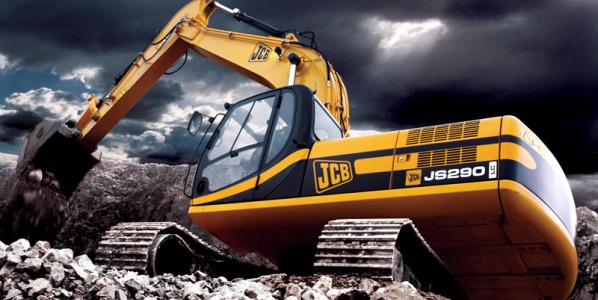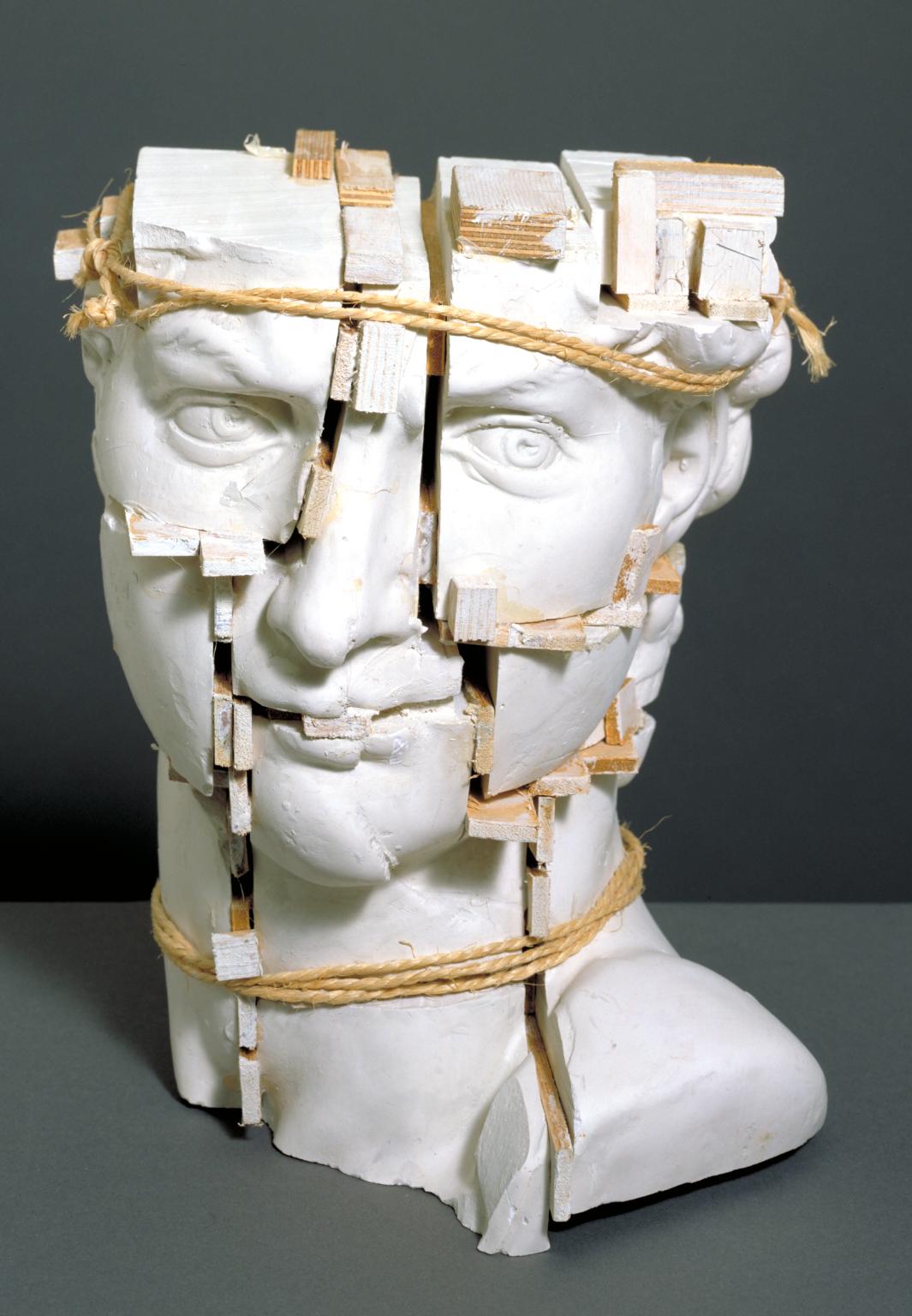
From time to time I review technical papers on mobility topics that range from artificial intelligence in autonomous driving to future mobility models.
Earlier today, I reviewed a paper describing a driver health monitoring system. The concept has been proposed in the past in various forms of sensors built into the steering wheel, the seat cushion or the back rest to monitor the driver’s vital signs and detect signs of stress or an impending heart attack or a stroke.
Setting aside the technical challenges in implementing such a system—which are numerous—my view of a health monitoring system built into car is similar to my point of view expressed in a previous blog post, in which I discuss vehicle-based payment applications. Read More




